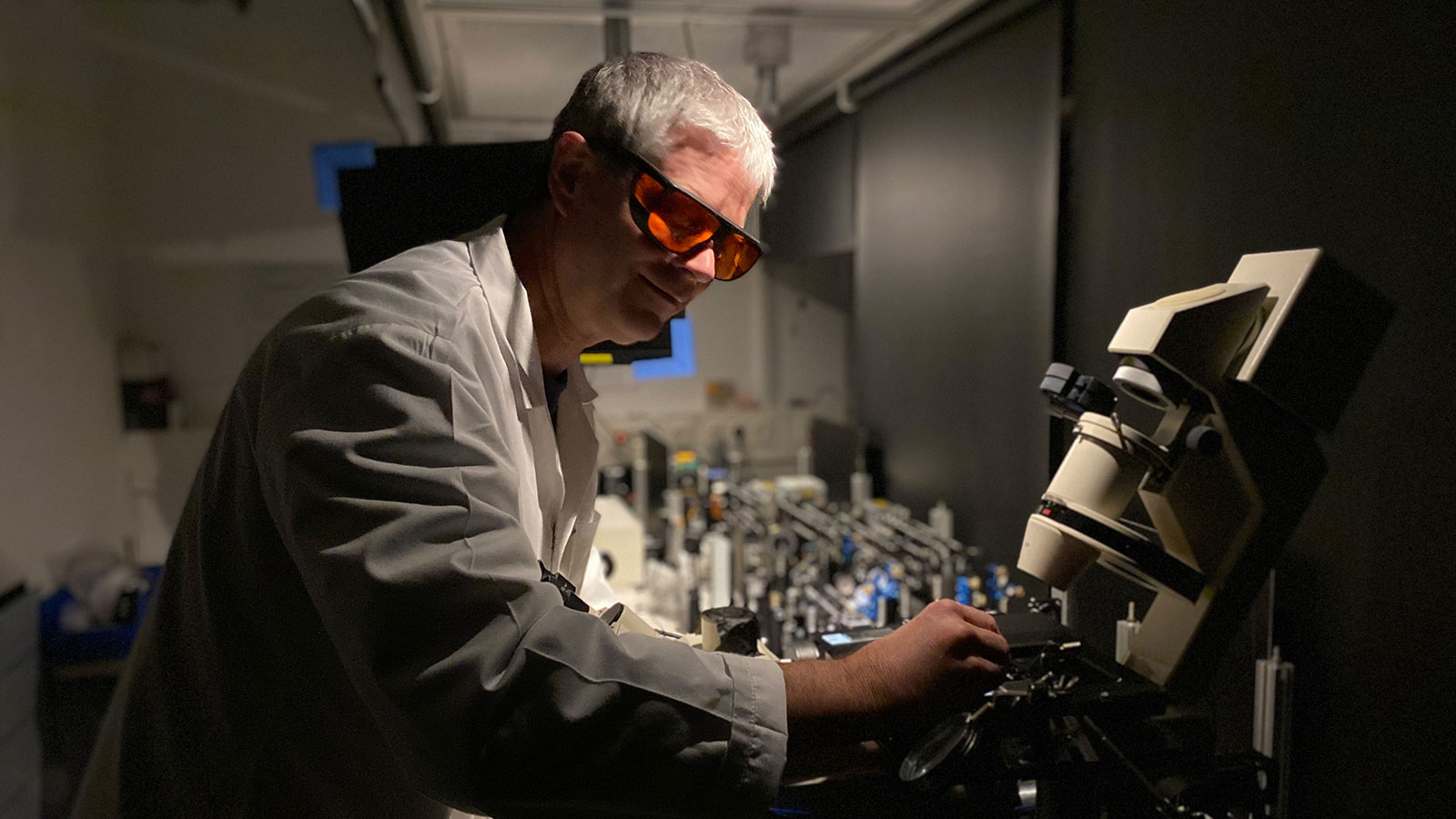- Home
- Research
- Microscopy
- Research results
- Superfast: New mathematical model supports diagnostic imaging
Superfast: New mathematical model supports diagnostic imaging

23.11.2023
Calculating the propagation of light fields is essential in optics and ranges from computer-aided optics and optical design to the step-by-step mathematical reconstruction of images. In medical diagnostics in particular, precise optical calculations are important key factors and allow diseases to be detected faster using imaging techniques. In order to significantly accelerate the computing speed of current mathematical models, a team of researchers involving Leibniz IPHT developed a new algorithm that predicts the propagation of light fields extremely efficiently, accurately and quickly.
Researchers from Leibniz IPHT, Friedrich Schiller University Jena, Helmholtz Institute Jena, GSI Helmholtzzentrum für Schwerionenforschung in Darmstadt and the École Polytechnique Fédéral Lausanne in Switzerland have developed a numerical algorithm for fast and accurate calculation of the propagation of light fields and are presenting it in the renowned journal OPTICA.
The developed scalable angular spectrum algorithm (SAS) combines the advantages of the angular spectrum method and the single-step Fresnel transform. This makes it possible to calculate intensity distributions in large image areas very quickly and yet precisely. The significant improvement in computing speed combined with high numerical accuracy opens up many fields of application, such as the numerical reconstruction of recorded holograms and other coherent imaging methods as well as the rapid calculation and optimization of the imaging properties of optical systems. The method is also particularly suitable for propagating wave fields over large distances which typically causes artefacts when using previous methods.
“Since such an image reconstruction based on measured signals requires an iterative optimization method, in which the calculation is repeated with changed parameters until an approximation of the result of sufficient quality is achieved, enormous computing power is required and the processing is very time-consuming. With our SAS method, we can not only calculate very precisely, but also much more efficiently, so that instead of a supercomputer, a standard laptop can be used to calculate such modelling and images can be available much faster,” explains Prof. Dr. Rainer Heintzmann, Head of the Microscopy Research Department at Leibniz IPHT and author of the paper.
A desired increase or scaling of the size of the calculation range during wave propagation is achieved by the well-known and widely used single-step Fresnel transform, whereby numerical errors are usually accepted. “By calculating this error in advance and applying a correction before the actual wave propagation, our calculation method produces a numerically correct result and thus a meaningful image that can effectively support diagnostics,” says Prof. Dr. Rainer Heintzmann.
The new SAS algorithm can be used, for example, in digital holography, ptychography, scatterometry, crystallography as well as in optical design and the calculation of properties of optical systems, whereby the wavelength of the radiation used is irrelevant.
Scientific publication
Further details on the new SAS algorithm can be found in the latest paper in the journal OPTICA:
R. Heintzmann, L. Loetgering, F. Wechsler, Scalable angular spectrum propagation, OPTICA (2023), https://doi.org/10.1364/OPTICA.497809
In the picture:
Prof. Dr. Rainer Heintzmann developed the new algorithm together with a team of scientists.
